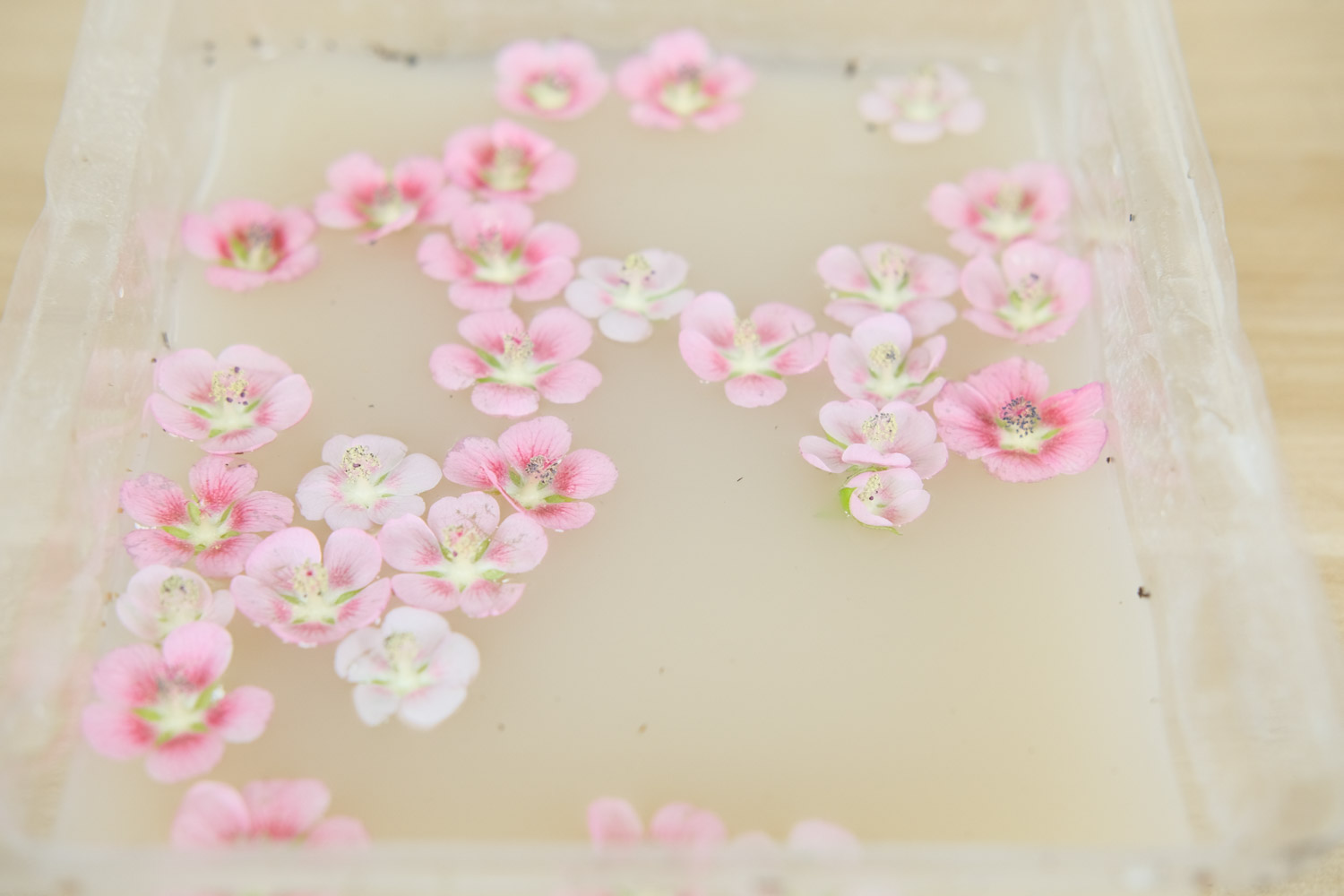1、 Breeding conditions
1. Soil: it likes sandy soil with good water permeability and sufficient nutrients. Do not use clayey soil or acid soil
2. Light: when maintaining it, it needs to be placed in a place with sufficient sunlight. Its requirements for sunlight are still very high. If there is sufficient sunlight and good ventilation conditions, it will grow very vigorously
3. Watering: its demand for water is very large. During the maintenance period, the loam must be kept wet, but water cannot be stored in the basin. If too much water supply leads to a large amount of ponding in the basin, it will easily cause root rot and leaf discoloration. Generally, water once every 5-7 days
4. Fertilization: its desire for fertilizer is not high. As long as the soil has sufficient nutrients, it can not be fertilized. If it is fertilized, it is suggested to avoid the dormancy period

2、 Breeding method
It can be propagated by cutting. Annual branches can be selected for cutting. Branches that are too old or too tender are not conducive to growth. Generally, cutting can take root and germinate in about one month

3、 Pest control
Hibiscus is not very popular with insects. When the temperature is too high in summer, it can be moved to a well ventilated place, which can effectively reduce the occurrence of diseases and pests. If it is placed outdoors in rainy days, it should be sprayed with insect repellent in time after moving back indoors to avoid rain spreading diseases and pests


 how many times do yo...
how many times do yo... how many planted tre...
how many planted tre... how many pine trees ...
how many pine trees ... how many pecan trees...
how many pecan trees... how many plants comp...
how many plants comp... how many plants can ...
how many plants can ... how many plants and ...
how many plants and ... how many pepper plan...
how many pepper plan...


























